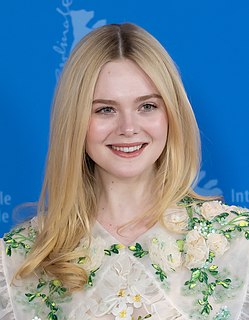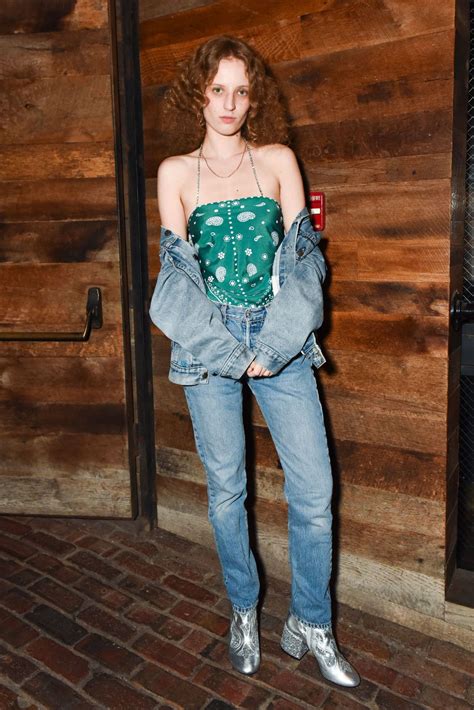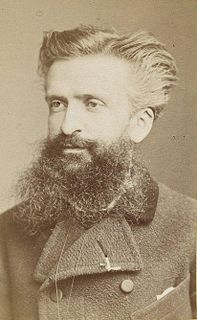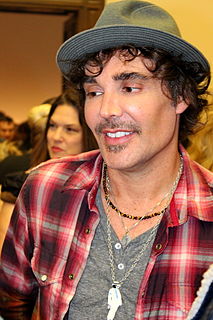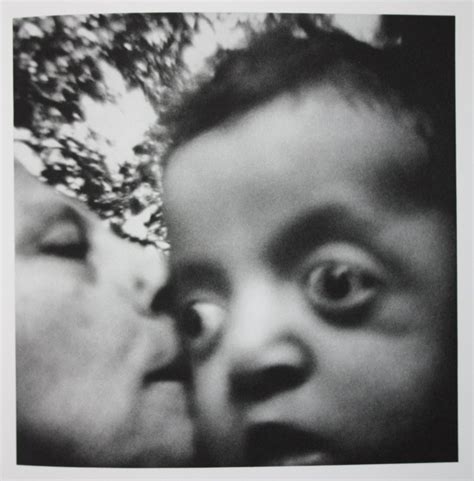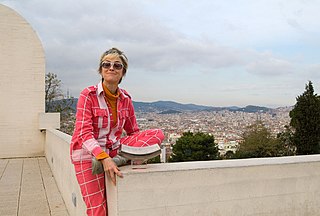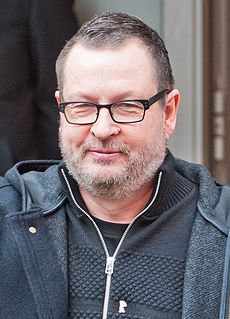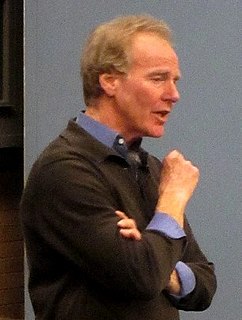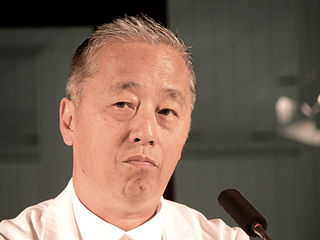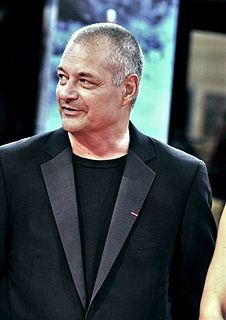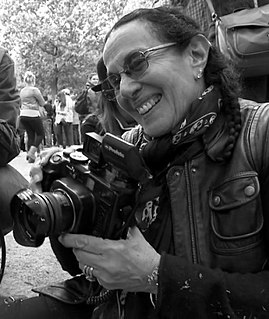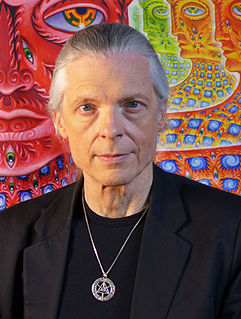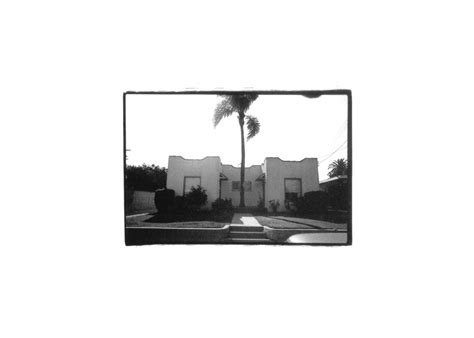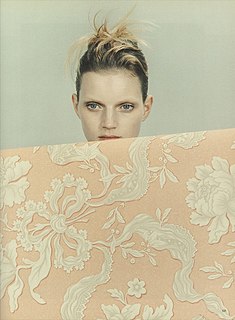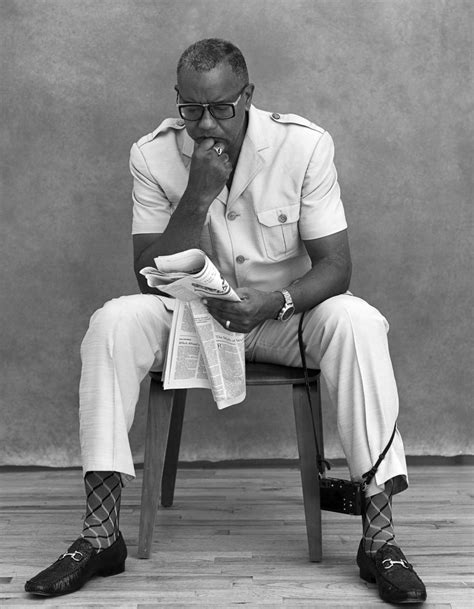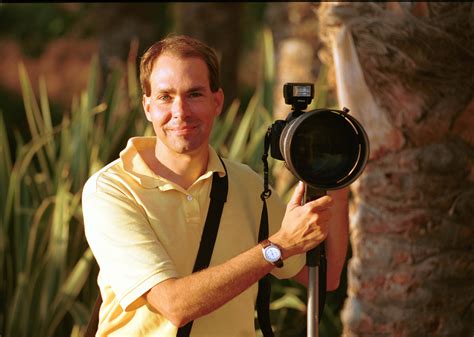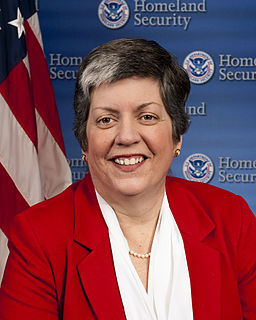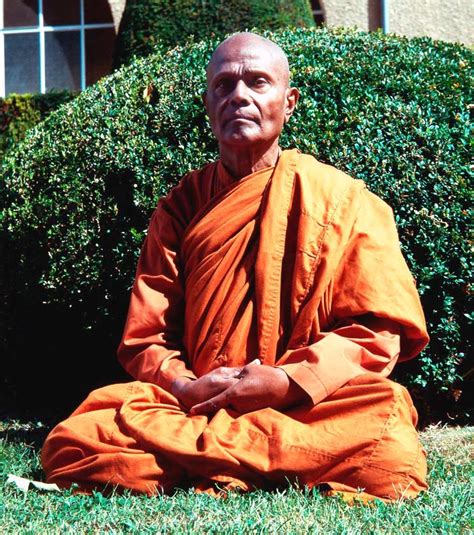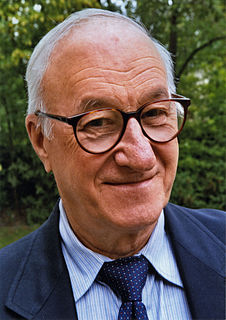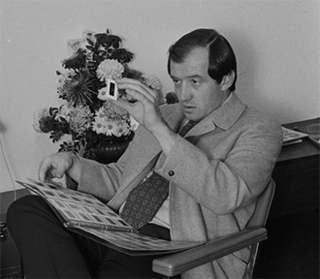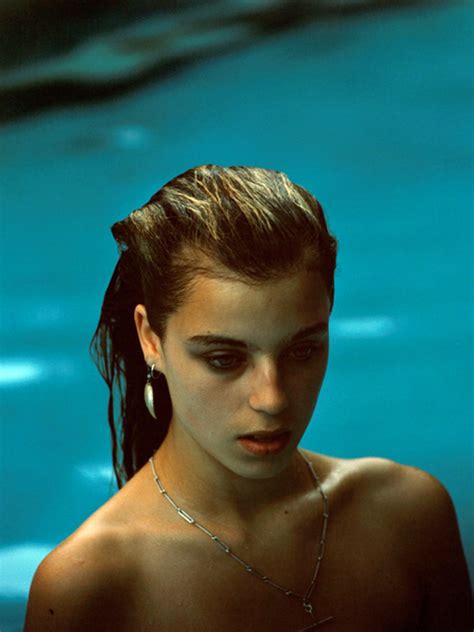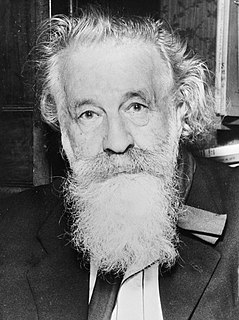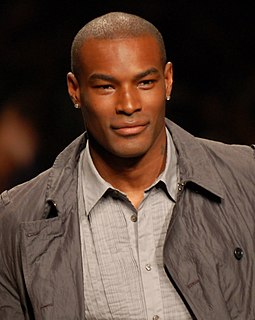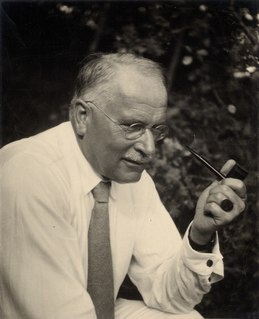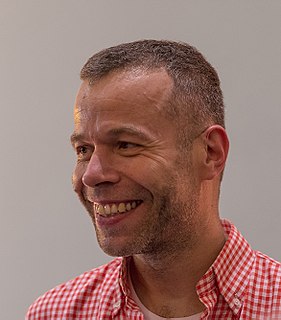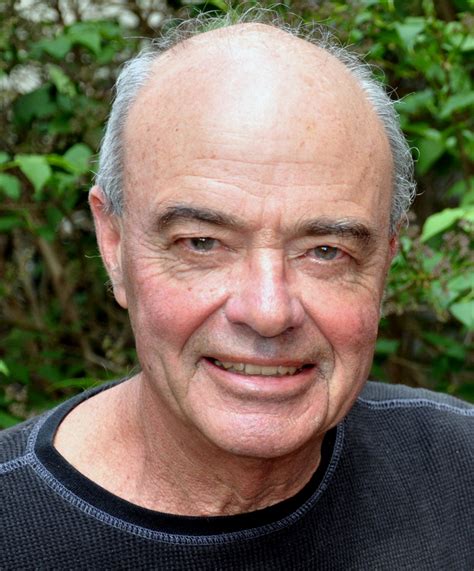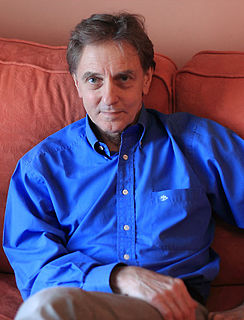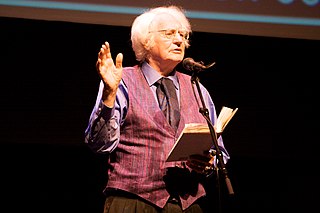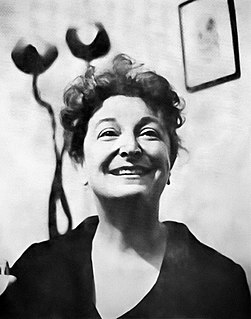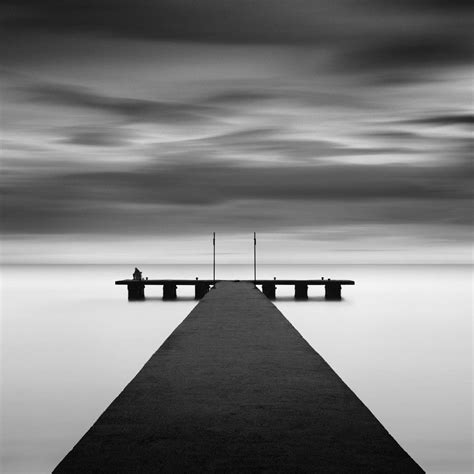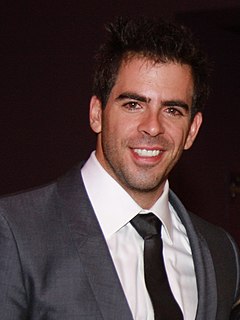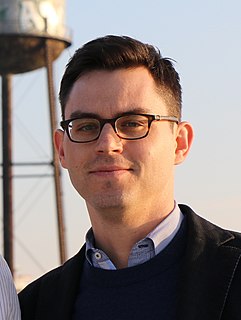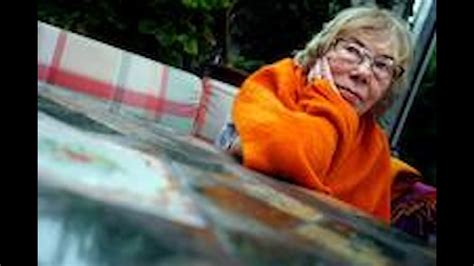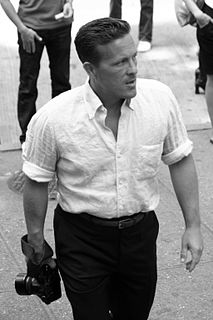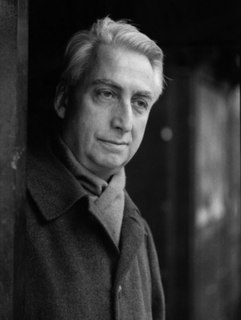Top 1200 Images Quotes & Sayings - Page 4
Explore popular Images quotes.
Last updated on April 16, 2025.
My generation, we're more accepting of narcissism. But we're looking at images that are dead, that are on your phone. My friends have apps to make you look skinny, to make your skin look perfect. And we look at these images and we're like, "That's beauty. That's perfect." But when you see a real person, you're like, "Wait, that's not perfect."
Neither this body am I, nor soul, Nor these fleeting images passing by, Nor concepts and thoughts, mental images, Nor yet sentiments and the psyche's labyrinth. Who then am I? A consciousness without origin, Not born in time, nor begotten here below. I am that which was, is and ever shall be, A jewel in the crown of the Divine Self, A star in the firmament of the luminous One.
I feel like fashion is becoming more inclusive, partly because the industry is finally getting that beauty exists in so many ways, and partly because thanks to Instagram, girls can create their own images, or remix images they're seeing in magazines and fashion shows, in ways that weren't possible before.
Images work on so many different levels. As a writer you feel them, try not to get in their way or narrow them down to anything other or less complex. A writer is a curator of sorts - once you've brought the images together you try to stand at a respectful distance and let them speak for themselves. Try not to mess with their ambiguities and contradictions. They are what they are, irreducible. This is their integrity.
The images that people see in the media of black people - whether journalistic or narrative - remain horrible. And those images, combined with the lack of respect among black people in the poorer neighborhoods for themselves, and the part the police and other people coming into those neighborhoods play, it creates no value for life.
People will get tired of overly retouched images soon and they'll want something different. If people have too much reality, they want fantasy. What matters most is what the image communicates. I remember the first roll of film I shot at high school, the contact sheet went from these really worthy images of cracks in the wall and ended up with all of my dancer friends naked in Renaissance poses.
When you're in a daze - whether it's from running or a hangover or whatever else - I think that ideas from your subconscious can slip through more easily. The way that I write songs, for what its worth, when I'm playing music, if it's good music it will bring images forward into my mind and then I'll write down what the images are and that becomes the lyrics. I think that process is just easier if the superego has just gone away in disgust for the day.
I always try to create equal power between the subject and the object, so as not to end up creating a relationship where the camera is here and the object out there. This is for me a very difficult and sensitive balance. When I produce a work, cut and frame images, I realize that spectators can identify with the images and almost forget that someone else actually made them. This would be the optimal situation. I don't know whether I succeed in doing so, but that's what I would like to have happen.
When you bounce your eyes away from a sexual image, immediately pull from your memory a pure image. Maybe a wedding picture, or a vacation experience with your family, or your buddies. There are thousands of positive images you can pull from your memory within seconds to replace the sexual images you're tempted with.
New insights fail to get put into practice because they conflict with deeply held internal images of how the world works...images that limit us to familiar ways of thinking and acting. That is why the discipline of managing mental models - surfacing, testing, and improving our internal pictures of how the world works - promises to be a major breakthrough for learning organizations.
Humans have changed the landscape so much, but images of the sea could be shared with primordial people. I just project my imagination on to the viewer, even the first human being. I think first and then imagine some scenes. Then I go out and look for them. Or I re-create these images with my camera. I love photography because photography is the most believable medium. Painting can lie, but photography never lies: that is what people used to believe.
When I was a child, I had a ViewMaster, those red box glasses with little discs, so that you can see 3D images. They were my first steps in cinema. I was eight years old, I would cut and change the order of the images and that's how I created films that subsequently I recorded and projected and showed my friends. So I already took my first steps in 3D when I was eight years old.
Of all the nations in the world, the United States was built in nobody's image. It was the land of the unexpected, of unbounded hope, of ideals, of quest for an unknown perfection. It is all the more unfitting that we should offer ourselves in images. And all the more fitting that the images which we make wittingly or unwittingly to sell America to the world should come back to haunt and curse us.
The statement of ideas in a poem may have to do with logic. More profoundly, it may be identified with the emotional progression of the poem, in terms of the music and images, so that the poem is alive throughout. Another, more fundamental statement in poetry, is made through the images themselves those declarations, evocative, exact, and musical, which move through time and are the actions of a poem.
I've always been fond of the idea expressed in Buddhist art, that there are certain objects that, just by seeing them, can plant a seed for liberation in the individual. That class of objects is called "liberation through seeing." Certain Buddha images are like that, but if it were possible, I would like to find contemporary non-traditional sacred images. Maybe it sounds pretentious, but most spiritual paths point to the possibility that we all can access the deep, absolute dimensions of reality.
Strangely enough, for me, Instagram has been a creatively freeing and inspiring format lately. I have been so very resistant to nearly all forms of media, yet finally this made it into my atmosphere, and in discovering this I have been propelled into some movement and new ideas. Real life images, curated images, even the visual diarrhea are incredible fertilization for movement in some direction or another.
Another form of prayer, called cataphatic, honors and reverences images and feelings and goes through them to God. This form of prayer also has an ancient and well-attested history in the world of religions. Any sort of prayer that highlights the mediation of creation can be called cataphatic. So, praying before icons or images of saints; the mediation of sacraments and sacramentals; prayer out in creation - all these are cataphatic forms of prayer
I'm shooting a gangbanger, but as a dignified man. That's pretty much what war photography did: seeing images of soldiers in a dignified way. They might have been killers in Vietnam, but I'm seeing another side of them, and looking at images of the the American soldiers, also the North Vietnamese and the Viet Cong - I never saw an enemy.
When I was growing up, we didn't have this super-skinny, flawless image to compete with. I find it unfortunate that young women may look at those images and think that is the ideal of beauty. It can cause a lot of problems and self-esteem issues if we don't remind girls that being healthy and exactly who you are is the main thing. I'm grateful I didn't grow up with those images.
Who controls the images? Ultimately, we don't control the images. This is the minimum we're allowed to ask for: we don't get to control most of the media. We fight to have some say in the ways we're represented. At the bare minimum, don't insult us in person. That's all we ask! Let us at least be able to function freely in the world.
All images generated by imaging technology are viewed in a walled-off location not visible to the public. The officer assisting the passenger never sees the image, and the officer viewing the image never interacts with the passenger. The imaging technology that we use cannot store, export, print or transmit images.
This has increased with the tremendous technological advances in communications. We have a vast new world of images brought into our sitting rooms electronically. Most of the images of reality on which we base our actions are really based on vicarious experience. This has increased with the tremendous technological advances in communications. We have a vast new world of images brought into our sitting-rooms electronically.
...There are issues worth advancing in images worth admiring; and the truth is never "plain," nor appearances ever "sincere." To try to make them so is to neutralize the primary, gorgeous eccentricity of imagery in Western culture since the Reformation: the fact that it cannot be trusted, that imagery is always presumed to be proposing something contestable and controversial. This is the sheer, ebullient, slithering, dangerous fun of it. No image is presumed inviolable in our dance hall of visual politics, and all images are potentially powerful.
Animals see a video of the world. If an animal were only to see still images, how would its vision develop? Neuroscientists have run experiments in cats in a dark environment with a strobe so it can only see still images - and those cats' visual systems actually underdevelop. So motion is important, but what is the algorithm?
It's a profoundly different thing to be able to refer to the images you are taking at the time and check them out on a laptop that is plugged into your Hasselblad and go "oh no, do it again, do it again" - all of those a requickly made decisions. The fact that you can see the images right away in a funny way makes the whole relationship more casual. I don't want a casual relationship with my subject.
The mind of a man that loves God does not fight against things or thoughts about them, but against the passions that are connected with these thoughts. That is, he does not struggle against a woman, or against one who has insulted him, and not against the images of them, but against the passions that are aroused by these images.
I'm always writing towards a discovery. When I'm writing poems in particular, I'm often writing because a few images coalesced in my mind and I thought, "I wonder why these images are abrading against each other. I wonder what happens if put them in a poem and explore them." I'm trying to learn something every time I write a poem.
Only a few kinds of images force you to shut your eyes: death, suffering, the opening of the body, some aspects of pornography for some people, and for others, giving birth. In this case, the eyes become black holes in which the image is absorbed willingly or unwillingly, these images are swallowed up and hit just where it hurts, without passing though the usual filters.
Images detached from every aspect of life merge into a common stream, and the former unity of life is lost forever. Apprehended in a partial way, reality unfolds in a new generality as a pseudo-world apart, solely as an object of contemplation. The tendency toward the specialization of images-of-the-world finds its highest expression in the world of the autonomous image, where deceit deceives itself. The spectacle in its generality is a concrete inversion of life, and, as such the autonomous movement of non-life.
You do remember things that people say in movies. You remember particular lines and things that are funny. But, you also remember really strong images. Images have a way of bypassing your brain and hitting you emotionally. There are so many things from movies that are remembered, that are just looks on people's faces or incredible vistas or beautiful pictures. That is a very important part of cinema.
It has been observed before that images, however beautiful, though faithfully copied from nature, and as accurately represented in words, do not of themselves characterize the poet. They become proofs of original genius only as far as they are modified by a predominant passion; or by associated thoughts or images awakened by that passion; or when they have the effect of reducing multitude to unity, or succession to an instant; or lastly, when a human and intellectual life is transferred to them from the poet's spirit.
Whoever lives for poetry must read everything. How often has the light of a new idea sprung for me from a simple brochure! When one allows himself to be animated by new images, he discovers iridescence in the images of old books. Poetic ages unite in a living memory. The new age awakens the old. The old age comes to live again in the new. Poetry is never as unified as when it diversifies.
In fashion, there's a lack of strong male images. And there's a huge lack of strong African American images. I noticed over the past thirteen years, Ralph and those guys have used guys that looked similar to me. And I was happy for those guys, but eventually I said, 'Enough is enough, I'm just going to go in and take my job back.'
The collective unconscious appears to consist of mythological motifs or primordial images, for which reason the myths of all nations are its real exponents. In fact the whole of mythology could be taken as a sort of projection of the collective unconscious. We can see this most clearly if we look at the heavenly constellations, whose originally chaotic forms are organized through the projection of images. This explains the influence of the stars as asserted by astrologers. These influences are nothing but unconscious instrospective perceptions of the collective unconscious.
The original interest in making pictures that don't directly depict came around '97 or '98, when I felt there was such an acceleration of images in the world, and that was before Flickr and so on. So I felt a need to slow down how one consumes photographs. With the abstract pictures, I was engaged in trying to find new images, but in practice, it was a bit like throwing a wrench in the spokes. The omnipresence of photography is at a level that it has never been in the history of the world. I feel really curious to now reengage and see what the camera can do for me.
Through our science we have created magnificent spacecrafts and telescopes to explore the night and the light and the half light. We have made visible things that are invisible to the unaided eye. We have brought the dreamy heavens down to Earth, held them in the mind's eye. Our explorations have produced a vast archive of remarkable astronomical images... The riches are too many for choices, the revelations beautiful and dreadful. Who can look at these images and not be transformed? The heavens declare God's glory.
Images anesthetize. An event known through photographs certainly becomes more real than it would have been if one had never seen the photographs ... But after repeated exposure to images it also becomes less real. ... 'concerned' photography has done at least as much to deaden conscience as to arouse it.
We are living at an important and fruitful moment now, for it is clear to men that the images of adult manhood given by the popular culture are worn out; a man can no longer depend on them. By the time a man is thirty-five he knows that the images of the right man, the tough man, the true man which he received in high school do not work in life.
In the sixties, the recycling of pop culture turning it into Pop art and camp had its own satirical zest. Now we're into a different kind of recycling. Moviemakers give movies of the past an authority that those movies didn't have; they inflate images that may never have compelled belief, images that were no more than shorthand gestures and they use them not as larger-than-life jokes but as altars.
Who dreamt and made incarnate gaps in Time & Space through images juxtaposed, and trapped the archangel of the soul between 2 visual images and joined the elemental verbs and set the noun and dash of consciousness together jumping with sensation of Pater Omnipotens Aeterna Deus to recreate the syntax and measure of poor human prose and stand before you speechless and intelligent and shaking with shame
When I did the first edit of Les plages, it was very dry and very square in a way. I was just saying the minimum. I said, Well, if this is the minimum, I don't make it. So I tried to make it more refined. I tried to find images, allegorical images, that I could use to express things that I didn't want to say or didn't want to show or I was not able to find how to show.
I think in a post-9/11 world, with the images coming back from Iraq, everybody knows more and more people who are going over there... the images on the YouTube phenomenon where the violence is so immediate. Direct people need something stronger to respond to. I think that there's definitely a wave of directors - who are labelled the splat pack - who really, really care about making great scary movies.
The first time, I usually skim off the outer layer and end up with photographs that are fairly obvious. The second time, I have to look a little deeper. The images get more interesting. The third time it is even more challenging and on each subsequent occasion, the images should get stronger, but it takes more effort to get them.
The art and science of memory is about developing the capacity to quickly create images that link disparate ideas. Creativity is the ability to form similar connections between disparate images and to create something new and hurl it into the future so it becomes a poem, or a building, or a dance, or a novel. Creativity is, in a sense, future memory.
Knowing a great deal about what is in the world art, catastrophe, the beauties of nature through photographic images, people are frequently disappointed, surprised, unmoved when the see the real thing. For photographic images tend to subtract feeling from something we experience at first hand and the feelings they do arouse are, largely, not those we have in real life. Often something disturbs us more in photographed form than it does when we actually experience it.
She had realized there are only fragments, that 'memories' always consist of fragments the mind puts together into a pattern, adapts a picture staked out early without the need for a conenction with anything that really happened. A great deal is misunderstood by small children, then stored as images that attract similar images, confirming and reinforcing.
When we talk about the Universe Story we are talking about the acquisition of a totally new paradigm, one which overturns many of the patterns that we unconsciously believe to be true. There is not simply the addition of new metaphors and images, but the metaphors and images themselves flow out of a new consciousness inspired by a new awareness of the cosmos.
I did a different size of photograph at the FIAT gallery - this time the images are 30" by 40," so they're maybe like four times the size of images I've shown before in a gallery. I just saw them now, and once they're in the mat and the frame, they're just beautiful. It's funny because even though it's closer to life-sized, to me anyway, they become not necessarily anymore about the person, but they almost become a little more heroic.
Enoch predicted that "the demons and the spirits of the angelic apostates would turn into idolatry all the elements, all the adornment of the universe, and all things contained in the heaven, the sea, and the earth, that they might be consecrated as God in opposition to God." All things, therefore, does human error worship, except the Founder of all himself. The images of those things are idols; the consecration of the images is idolatry.
One of the marks of our world is perhaps this reversal: we live according to a generalized image-repertoire. Consider the United Sates, where everything is transformed into images: only images exist and are produced and are consumes ... Such a reversal necessarily raises the ethical question: not that the image is immoral, irreligious, or diabolic (as some have declared it, upon the advent of the Photograph), but because, when generalized, it completely de-realizes the human world of conflicts and desires, under cover of illustrating it.
